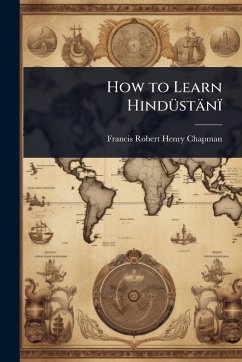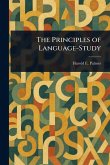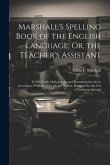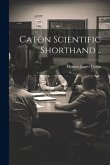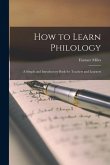"How to Learn HindÃ1/4stänï A Guide to the Lower and Higher Standard Examinations in Six Parts" is a comprehensive resource designed for individuals seeking to master the Hindustani language. Published in 1907, this book provides a structured approach to learning, catering to both beginners and those aiming for advanced proficiency. Authored by Francis Robert Henry Chapman, the guide offers a detailed curriculum to prepare students for language examinations. It covers essential aspects of Hindustani, likely encompassing grammar, vocabulary, and conversational skills. This book serves as a valuable tool for anyone interested in acquiring a deep understanding of Hindustani and achieving success in standardized assessments. This work has been selected by scholars as being culturally important, and is part of the knowledge base of civilization as we know it. This work was reproduced from the original artifact, and remains as true to the original work as possible. Therefore, you will see the original copyright references, library stamps (as most of these works have been housed in our most important libraries around the world), and other notations in the work. This work is in the public domain in the United States of America, and possibly other nations. Within the United States, you may freely copy and distribute this work, as no entity (individual or corporate) has a copyright on the body of the work. As a reproduction of a historical artifact, this work may contain missing or blurred pages, poor pictures, errant marks, etc. Scholars believe, and we concur, that this work is important enough to be preserved, reproduced, and made generally available to the public. We appreciate your support of the preservation process, and thank you for being an important part of keeping this knowledge alive and relevant.
Bitte wählen Sie Ihr Anliegen aus.
Rechnungen
Retourenschein anfordern
Bestellstatus
Storno

